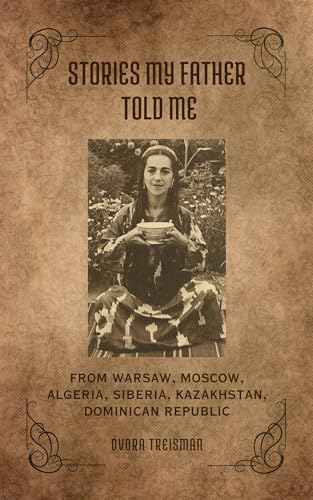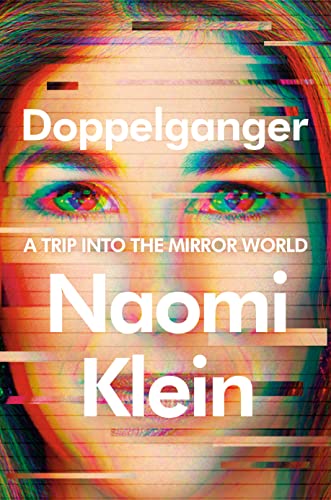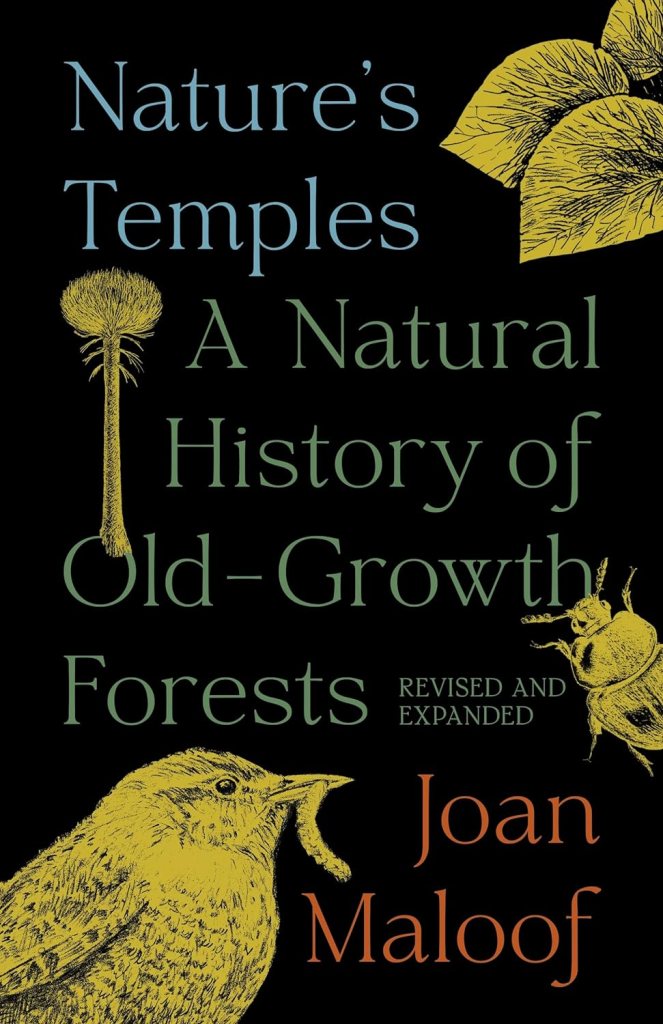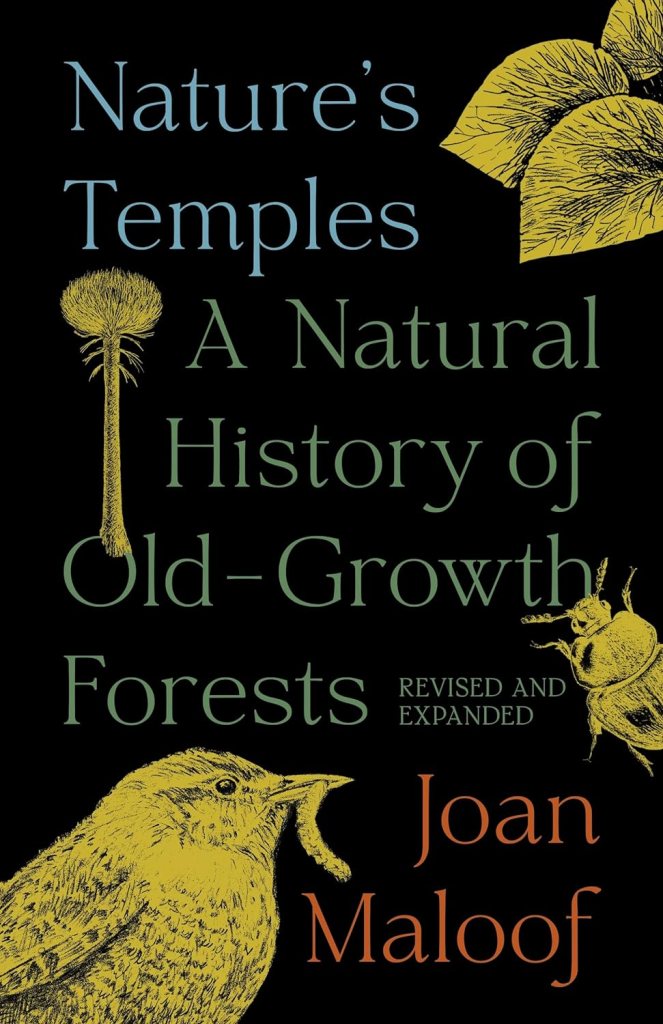LOVED this book!!!! This is the book which “inspired” The Frozen River by Ariel Lawhon. And inspired is the right word because although much of The Frozen River is true (and I was surprised at how much was true!), some of it is invented for the sake of a story appealing to contemporary readers. A Midwife’s Tale is the story of a diary – it’s not the diary itself, but a historical type examination and evaluation and analysis of that 1400 page, 10,000-entry tome (which is now preserved in the Maine Archives.)
A Midwife’s Tale:
The Life of Martha Ballard Based on Her Diary, 1785-1812.
by Laurel Thatcher Ulrich
1991 / 501 pages
Read by Susan Ericksen 15h 42m
Rating 9+ / women’s history (feminist)
(Both read and listened)
For way too long Women’s Studies has been treated like the step-child of the college history departments, but it’s still with us, stronger than ever. Wave 1 Feminism was to get voting and certain property rights so the Seneca Falls Convention of 1848 got that formally stated, but it didn’t happen in the US for another 70 years – that is, AFTER WWI. The 2nd Wave didn’t start until around the 1970s when it was discovered that even with birth control, higher education, and property rights women still weren’t credited with much although this Wave was the result of a big break from the old stay-at-home mom; she wanted equality in the work place. Third Wave Feminism pushed through in the 1990s focused mostly on sexual harassment and related issues and the new 4th Wave. Well, the 4th Wave is pretty much aimed at the completion of all three prior Waves, or at least a continuation of the overall struggle.
But way back in 1785 no one was thinking about women’s rights to anything or whatever was seen as equality of the sexes. Women on the frontier of the new US (think Maine) were doing what they’d always done – making homes for their families. Some of them did a few other things like being a midwife as necessary, a profession which was regular demand when there were up to 8 or 10 children or more per woman.
Martha Moore Bullard was an 18th-19th century midwife who was trained by her mother. In 1785, with her husband, Ephraim Ballard and their 6 living children, she moved from Oxford, Massachusetts to the Kennebec Valley in what would later be cut off from Massachusetts and become its own state of Maine. She was 50 years old and kept her new diary until she couldn’t at the end of her life, age 77.
This is a wonderful book, but it’s not the diary itself because that’s too fragile and difficult to read. This is Ulrich’s study of the diary from a historical perspective. It won the Pulitzer Prize for History in 1991 – that says something. This is a history book.
I don’t pretend to know its value to historians today, but in the 20th century historians paid no real attention to women’s “work” or histories or much at all from women unless they individually happened to be successful in government. One historian even commented that Ballard’s diary was nothing but gardening and religion. LOL – There is a lot of gardening (and with excellent reason) and there’s some religion (as is appropriate for the times what with the revivals of the Great Awakening), but Ulrich also examines a LOT of social structure and legal information of the times as referred to but not explained in the actual diary.
I know that in the 20th century my farm-wife grandmother kept a similar diary/diaries for decades. She didn’t do this to record the political events or to examine her feelings. She did this to remember when something happened – when was it that Clara visited? Well she had that written down there in that diary with the exact date (and numbered days of the week!) always front and center. When did I plant those beans? And where did I plant them so that if they didn’t come up nice I could remember not to do that again. Or, and in Martha’s case, when did I help Sally with her 3rd child and did it all go well? I think all the entries are dated and the weather noted right off and that’s the reason – the exact day/date was very important to Martha.
I got a wee tad annoyed reading some of Ulrich’s book. It seems she has no idea why Martha might have kept a diary the way she did. And if she’s typical, no wonder the historians prior to “women’s studies” and 2nd Wave feminism came along had pooh-poohed it. But Martha’s gardening was part of her economic contribution to the family. She did midwifery for about 6 shillings per event and she traded and sold the produce to neighbors so she could buy (or trade for) sugar and other items.
Martha in all likelihood kept her diary to keep track of WHEN things happened. She planted a lot of seeds and she wanted to record when she did this and where she planted that so she could take note. She wanted to keep track of how this kind of seed did when planted here or there – in shade or sun. She wanted to keep track of when they were ready for picking and how they tasted. She also wanted to keep track of when she had visitors, relatives or not, and when (my grandma did that). My grandma also had a huge garden, but I don’t know (remember) if that made it to her diaries. (I could look some day.)
At any rate I was so surprised at how much of The Frozen River was directly from A Midwife’s Tale. The names of the characters and some of their loves and their failings. Martha was a very busy woman and there were other family problems as well – all faithful to the place and times of Martha Ballard. But where Ulrich formed the actual diary into a very readable history, Lawhon developed Lawhon’s work into a good novel with a great story arc, character development and tension.
But to me it’s a fascinating book. I was a history major in the 1970s and 2nd wave feminism had just hit the colleges. Women’s Studies was a new major in 1975 I believe, but I wasn’t really interested. I did take the History Dept course called Women in European History in 1975? I took it with a bunch of Women’s Studies students and I was NOT impressed. But the field has matured and developed as an academic study and I’ve become interested.
As I’ve emphasized, A Midwife’s Diary is nonfiction and it actually won the Pulitzer Prize for History in 1991. I read The Frozen River by Ariel Lawhon thanks to another reading group (mysteries) and Lawhon acknowledged her being inspired by it. Many of the reviewers around the internet also mentioned A Midwife’s Tale. So basically, my reason for reading A Midwife’s Tale was the link to The Frozen River. (And I was SOOOOO rewarded!)
With historical fiction I like to see how much and what is true and what is invented. There are times when the authors actually include source notes but without that, I usually Google. Lawhon was very good about that and it got me interested in reading her major source.
I don’t mind the invented parts of historical fiction if there is some purpose other than advancing the plot. In Ragtime by E.L. Doctorow Carl Jung and Sigmund Freud visit the Tunnel of Love on Coney Island together. Did that happen? Nope – not a chance. But it conveys the idea of their strong professional connection at the time. Nice. Thomas Pynchon’s book Against the Day isn’t tethered very tightly to actual events or even happenings, but it works. And finally – Gabriel Garcia Marquez’s One Hundred Years of Solitude is almost fantasy in its magical reality approach to history, but there are reasons for everything he puts in there and in my opinion it’s delightful and thought provoking.
So if I find discrepancies in historical fiction I just like to see if I can figure out why the author chose to do that. If there aren’t any actual discrepancies and the author has created a good tale out of it, that’s great and I say kudos to the author for doing her research. (Of course there are accidents, too – Larry McMurtry forgot to put a railroad in Lonesome Dove! LOL! (He says he meant to but it just didn’t happen – omg.). I loved that book back then. It was published the same year Cormac McCarthy’s Blood Meridian was published.
Leaving information out is not necessarily a negative because no author can get it all and it’s their book, their choice. And adding to what is historical can certainly not be a negative because the book IS fiction after all.
However, A Midwife’s Tale is a straight and excellent history of early times in that part of Massachusetts/Maine in 1820. There had been native tribes here and then shipping and the French and Indian War took place around here.
“Curiously, a feminist history of midwifery published in the 1970s repeated the old dismissal: ‘Like many diaries of farm women, it is filled with trivia about domestic chores and pastimes, Yet it is in the very dailiness, the exhaustive, repetitious dailiness, that the real power of Martha Ballard’s book lies.” Ulrich has sourced this to several 19 and 20th century writers of women’s history but primarily I think to James W. North in “History of Augusta – North called the diary “brief and with some exceptions not of general interest.” from The History of Augusta by Charles Elventon Nash quoted in Midwife’s Tale pg 17
But the book is primarily about women’s lives as shown through Martha Ballard, a midwife and mother of 9 (?)
So that’s enough – I really got wordy, huh?



















